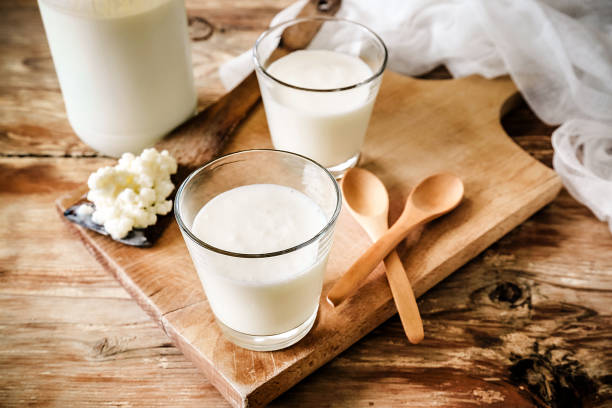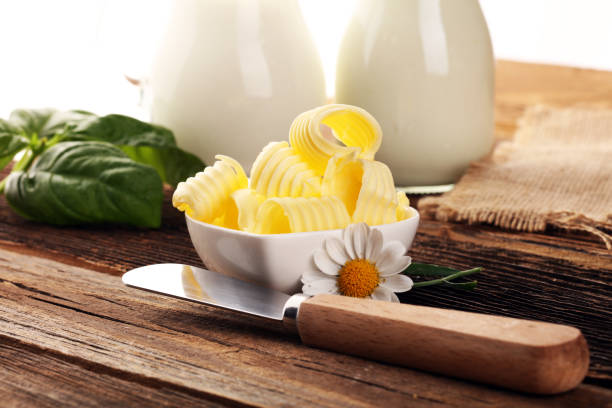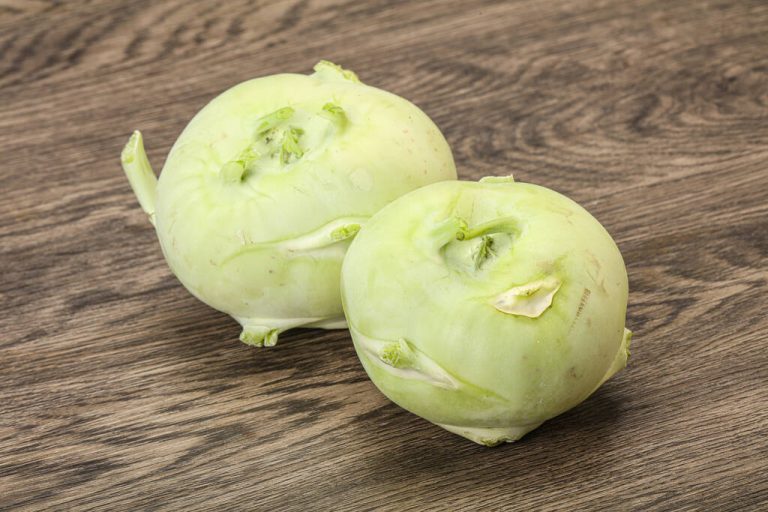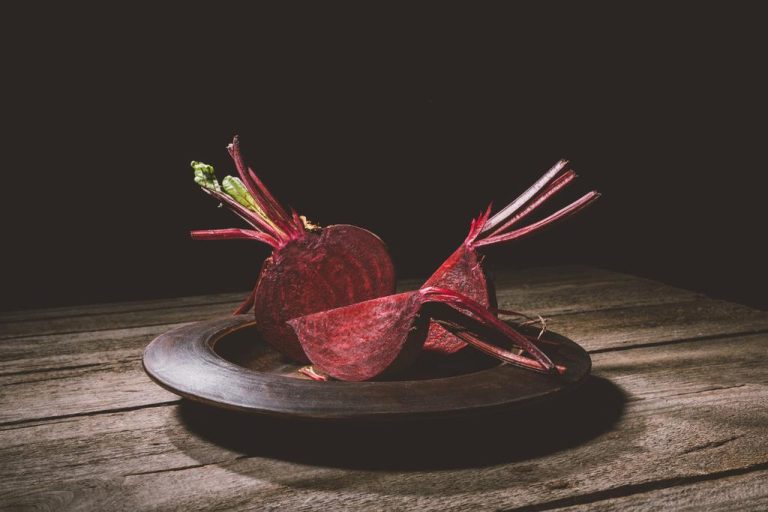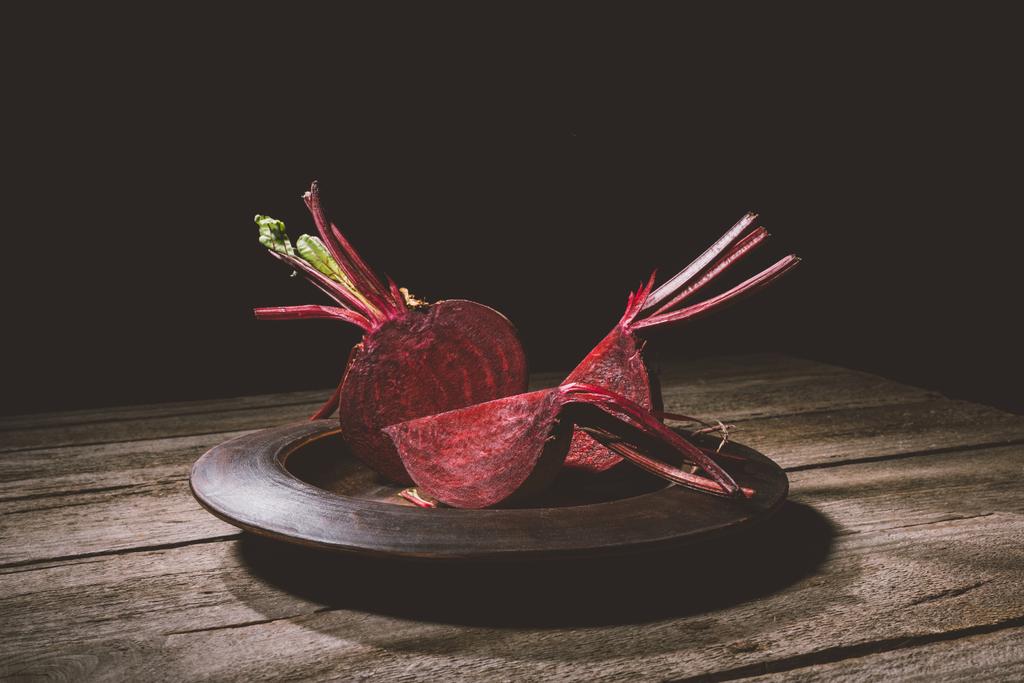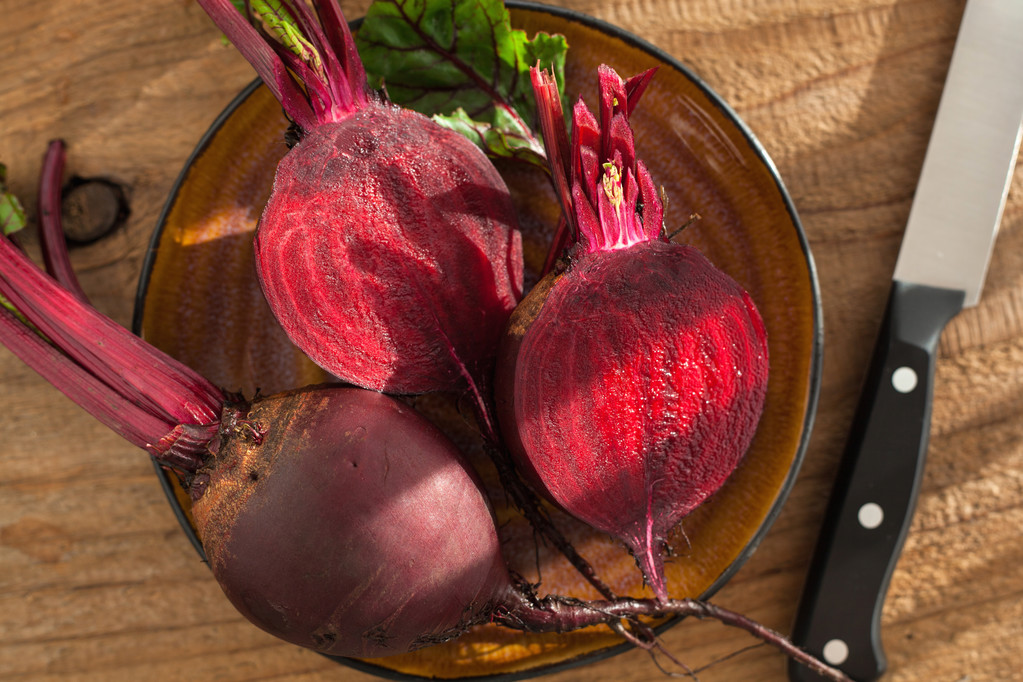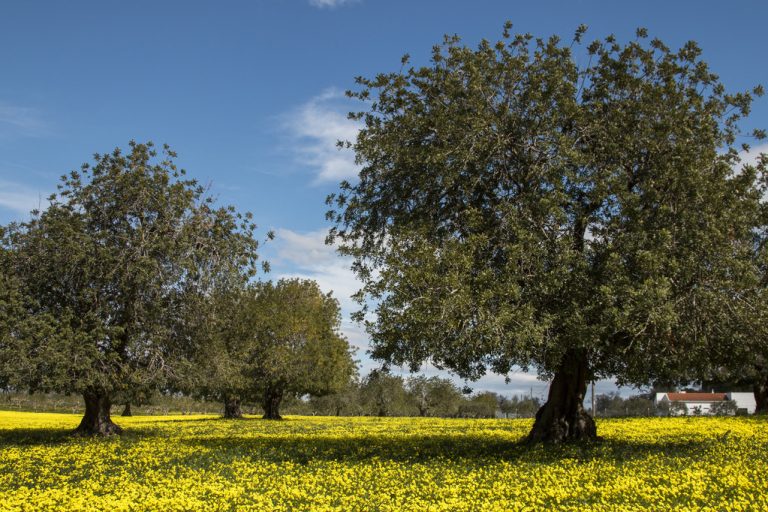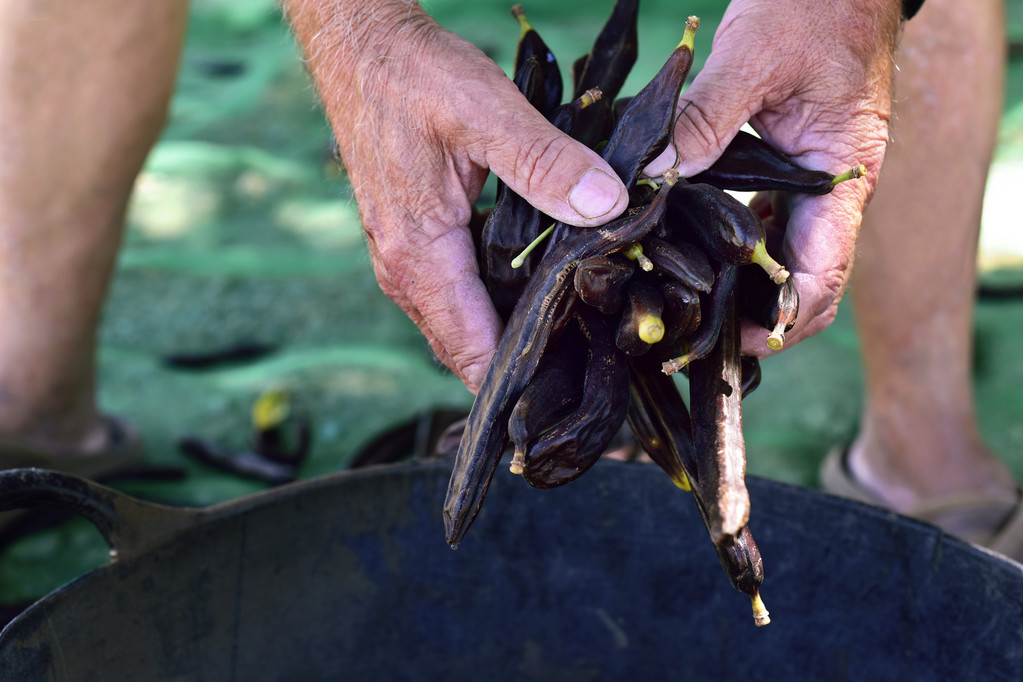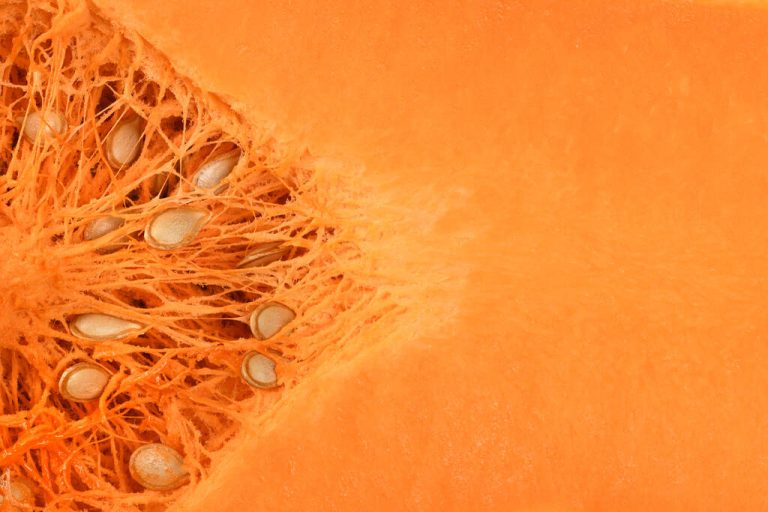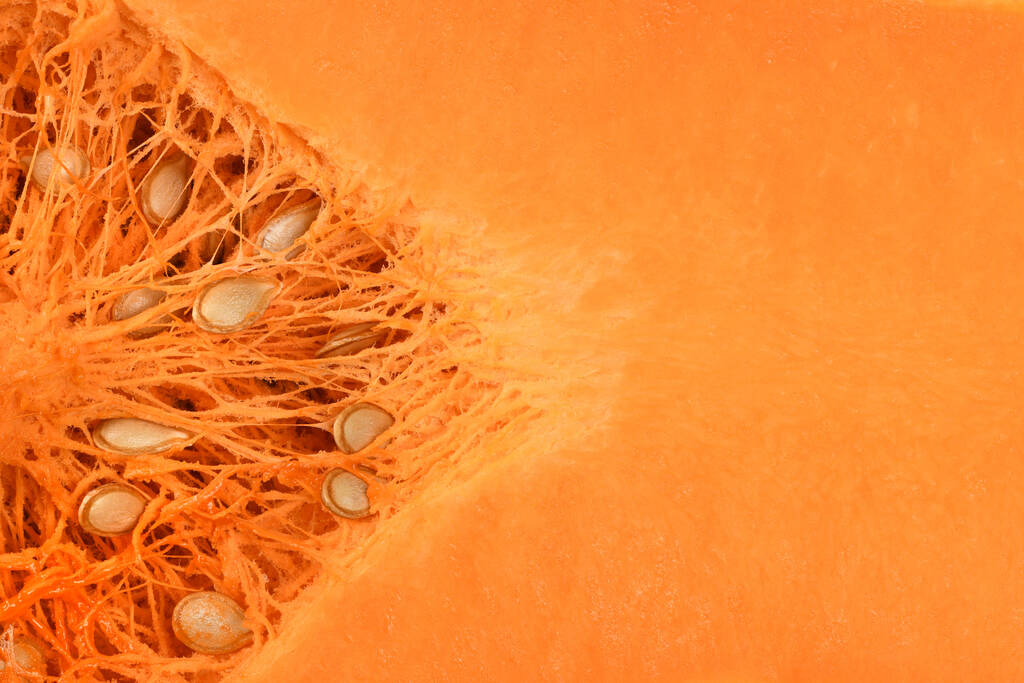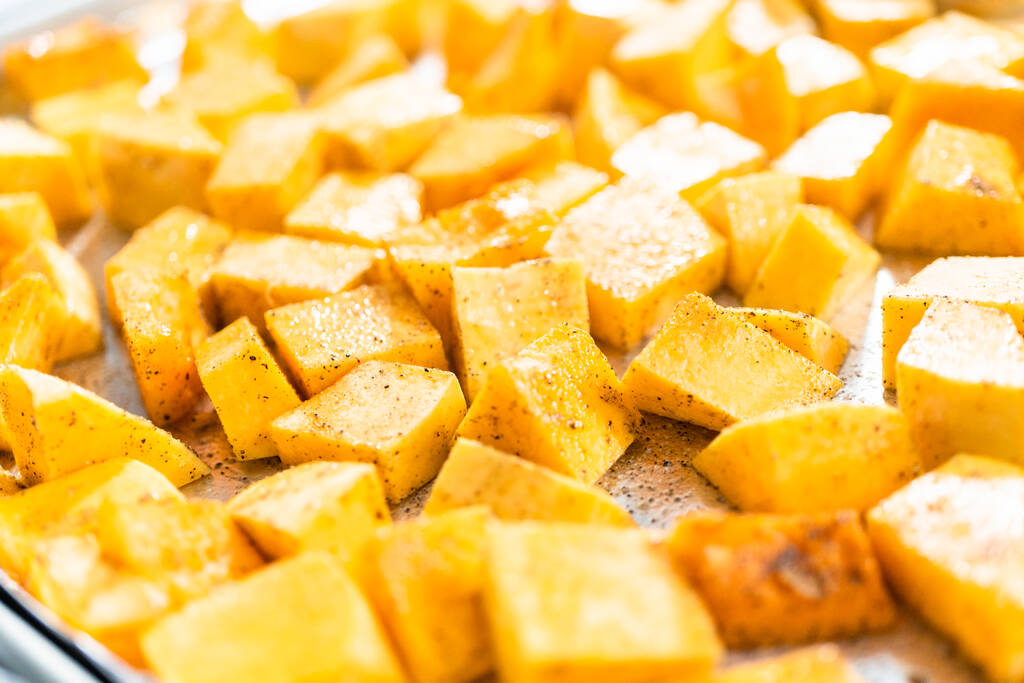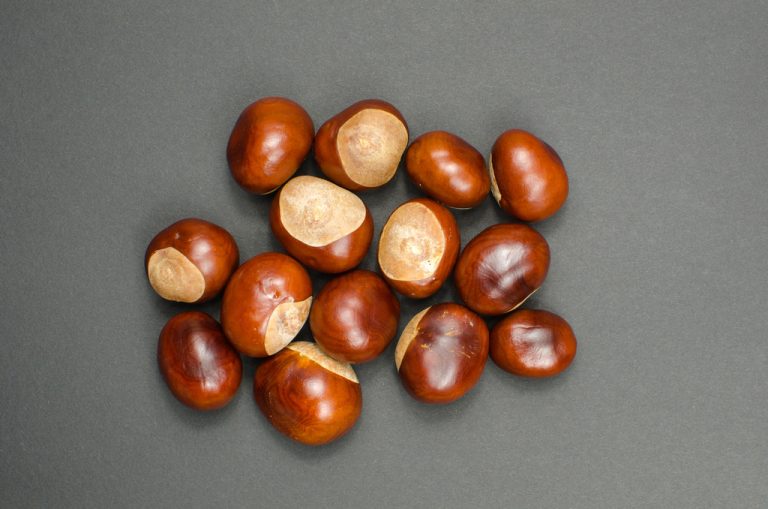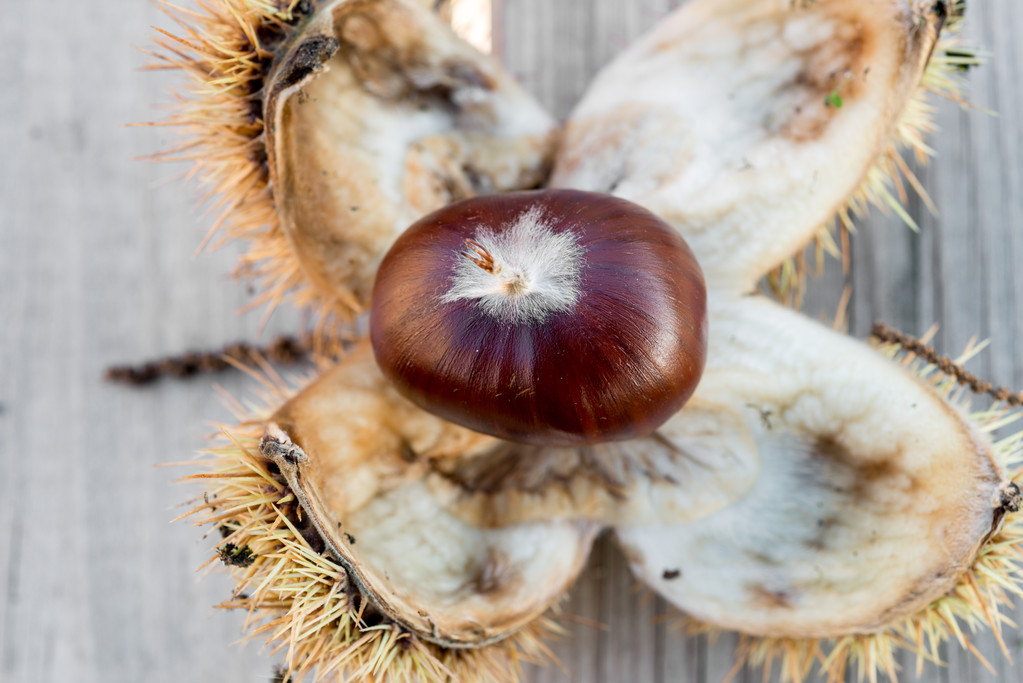The term flour is derived from the Old High German Melo and belongs to the same word family as grinding. Today, flour generally refers to the powder that results from grinding cereal grains. It can be obtained from many different grains or even other foods such as potatoes or seeds.
Flour – an all-rounder
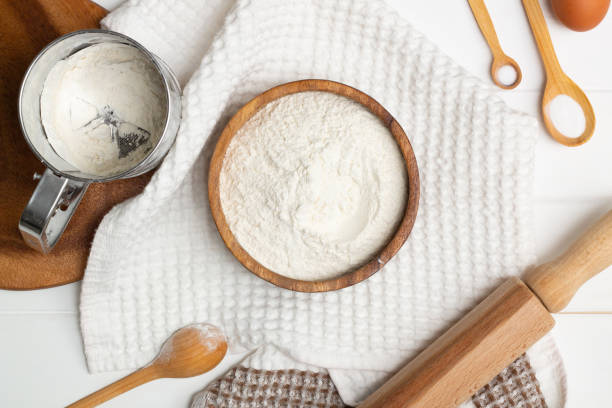
In this country, the term is primarily used to describe types of flour made from grain, the most common types being wheat, spelled, and rye flour. These varieties are divided into different quality levels, which are identified by numbers.
- Wheat flour type 405: very light flour with good baking properties, mild taste
- Rye flour type 1370: darker flour, suitable for rye slices of bread
- Wholegrain flour does not have a number but is marked as such.
The higher the number, the less processed the flour is and the more vitamins and minerals it contains.
Tips and home remedies
Whole wheat flour is the best choice for a healthy diet. Due to its complex carbohydrates, this serves as the basic component of a high-fiber whole food diet. Examples:
Be careful when there is a lot of flour dust in the air: this “mixture” is very flammable, so open fire should be avoided.
Effect and use in the household
Flour is an important ingredient in many pasta products, even serving as a base for bakers to calculate the amounts of other ingredients. Flour binds liquid and gives the dough its firmer consistency.

- The individual types of flour are used for different baked goods. Wheat flour is well suited for sweet pastries and cakes, while slightly savory rye flour is often the basis for bread dough. In addition, the white powder is very suitable for binding sauces.
- For a so-called roux, fat is heated and flour is added, then the mixture is deglazed with water or broth and boiled.

